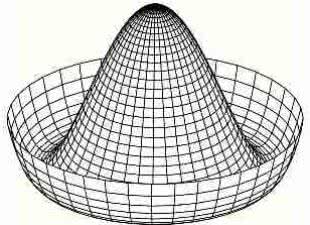Chapter : Post isometric relaxation technique
Document Summary
Flexibility can be chieved by a variety of stretching technique, yet little research has been performed on the most effective method. The objective of the study is to investigate the effectiveness of post isometric relaxation technique in reducing the hamstring tightness. And also evaluating the post isometric relaxation in improving the hamstring flexibility. Both post isometric relaxation technique and passive stretching have been proven to be effective technique to improve hamstring flexibility, the study concluded that the post isometric relaxation technique is more effective. Hamstring muscle most commonly involved in muscular injury of the pelvis, hip and thigh. Hamstring group of muscle consist of semitendinosus and bicep and femoris, the collective term hamstring refers to four muscles located in the posterior compartment of thigh, semitendinosus, semimembranosus, long head of biceps femoris and short head of bicep femoris. Hamstring tightens effect the walking, running and also other sports activities as the flexion of knee and extension of the hips are affected.



